Rams: a documentary portrait of a design legend
6 min read Oct 4, 2018 Updated Apr 22, 2020
Last weekend I watched a screening of Rams, Gary Hustwit’s new documentary about Dieter Rams. It moved me enough that I had to write this short review.
Dieter Rams is arguably the most important and influential designer in the history of industrial design. Just like Jony Ive from Apple is a household name today, Dieter was a key facet of German consumer goods company, Braun’s brand image in the 1960s.
He looked the part—good-looking, young, drove a Porsche, listened to jazz—just the kind of image they [Braun] wanted to project for this new way to live.
― Gary Hustwit
[1]
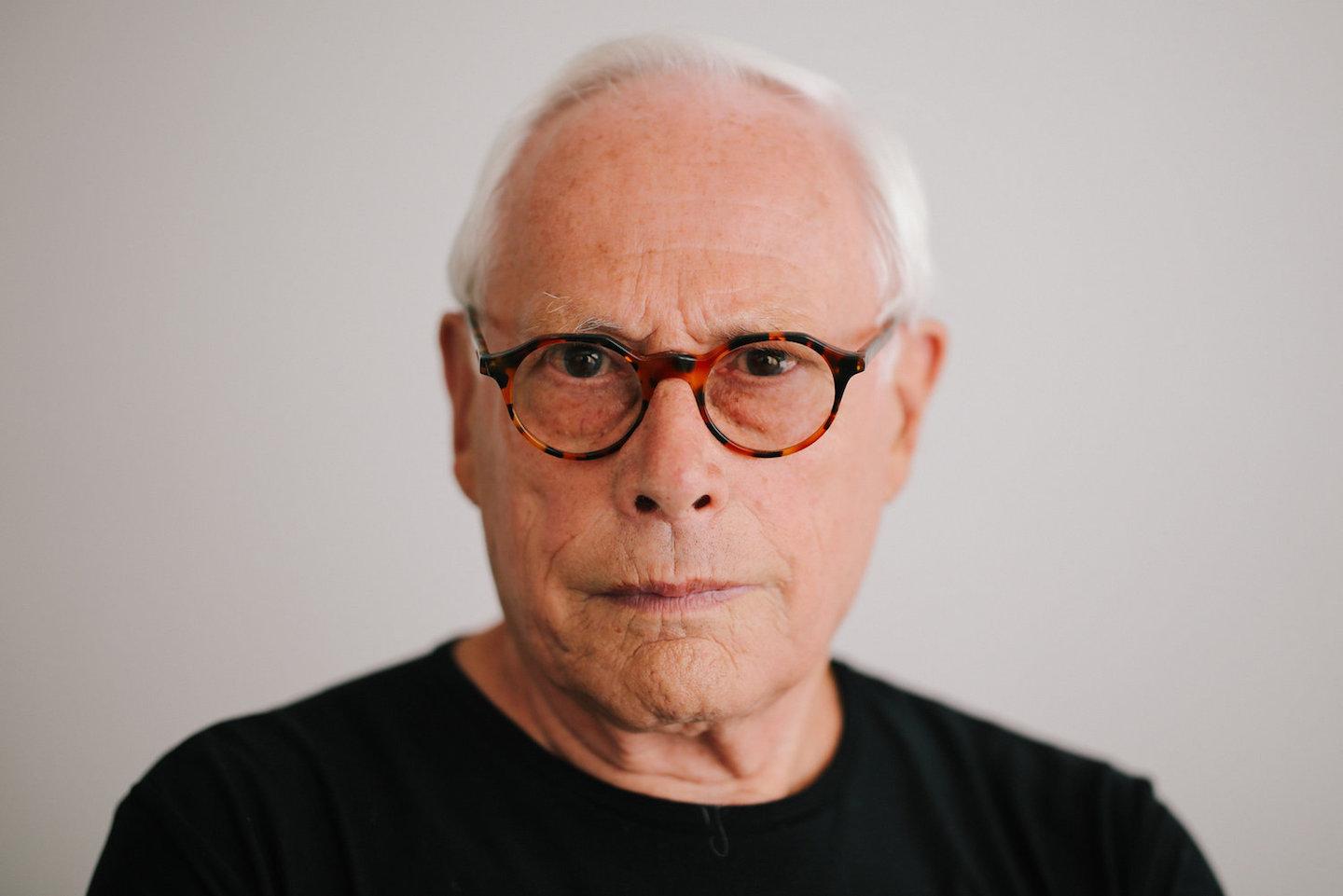
Decades later, why do we still talk about Dieter today?
It’s because of the lasting mark he has left on the world of design. He famously penned the “Ten principles for good design”. Remarkably, these ten principles have stood the test of time and to many are canon.
 Vitsœ 606 Universal
Shelving System and 620 Chair
Vitsœ 606 Universal
Shelving System and 620 Chair
Similarly, the things Dieter designed have continued to directly influence the objects in our lives. For example, Apple’s products in the last two decades have been widely compared to things Dieter designed in the mid-century. However, his influence didn’t just extend to Europe and the Americas. Dieter, himself inspired heavily by Japan, has influenced designers all over the world.
Not many people realize that those Braun products made their way to Japan and went on to influence a whole generation of Japanese product designers. We see these Muji products and we all think it’s minimal Japanese design, but it’s partly influenced by European modernism, which I think is super interesting.
― Gary Hustwit
[2]
While most of his work is three to five decades old at this point, an eternity in product design, they have retained their value as objects that can be used every day. This point was validated earlier this year in the auction of JF Chen’s collection of over 130 of Dieter’s works.
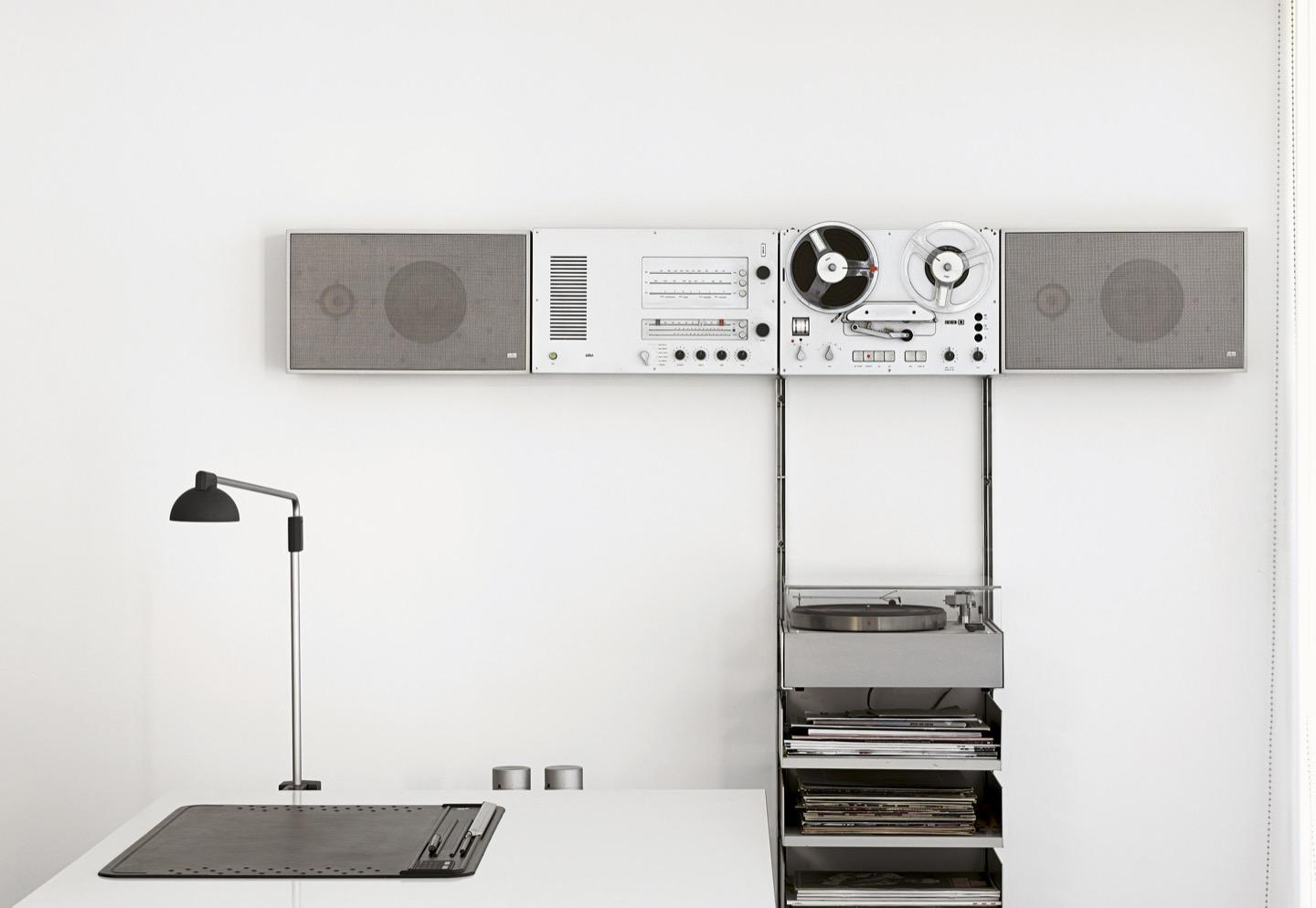
Dieter is famously a very private person. While his words and thoughts have appeared in a few books, he has rarely appeared in film. Until this year, his most prominent film appearance was in Gary Hustwit’s Objectified.
That film and Helvetica before it have had a tremendous impact on my life as a creator and designer.
On one hand, they opened my eyes to the discipline of design. They showed me the complicated history and the people behind the objects in the world that surrounds me.
On the other hand, the films themselves are extraordinary works of design that have fed and inspired my creativity. Gary is an exceptional filmmaker that truly understands the medium he works with.
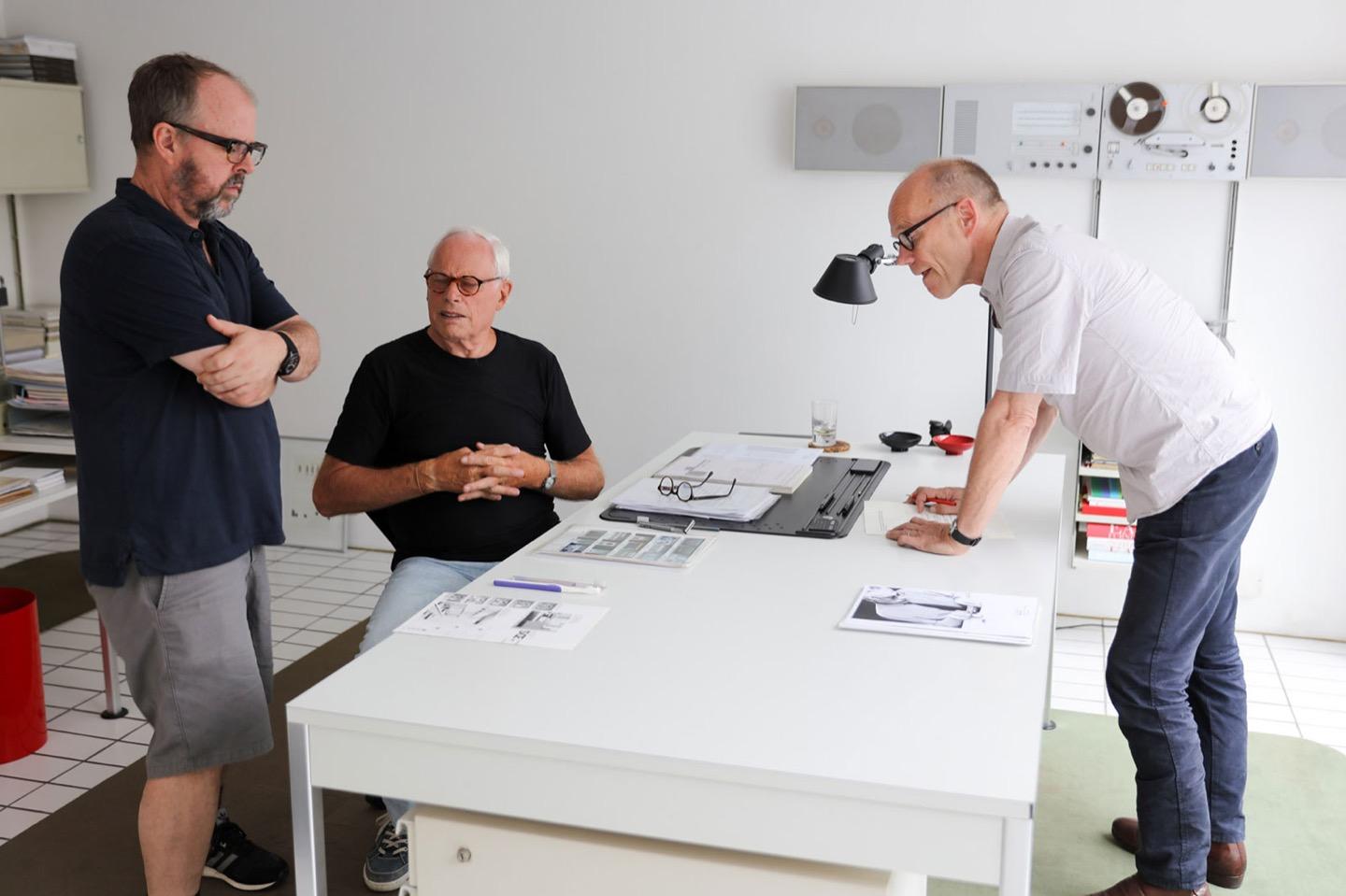
Erik Spiekermann served as an interpreter between Gary and Dieter
Two years ago, when I saw that Gary launched a Kickstarter campaign to fund a film all about Dieter Rams, I was quick to back it. A few days ago, I finally attended a screening of the film in San Francisco.
Rams is clearly a Hustwit film. It has a soundtrack, this time written by Brian Eno, that beautifully harmonizes with the story. The film is also noticeably minimal, embodying the “Less But Better” ethos. I asked Gary at the screening’s reception if he felt pressure given the success of his previous films. His answer: “no”. Rams isn’t just the story of Dieter Rams made with the same formula for Objectified or Helvetica, it’s something entirely new.
The only place where I think Gary missed the mark is one sequence in the film where Dieter’s ten principles are introduced alongside a rather overwhelmingly animated set of videos of Braun objects in use. That sequence lost the “as little filmmaking as possible” [3] mantra that Gary followed for the rest of the film. The animations got in the way of the storytelling.

Rams breaks away from Hustwit’s previous three design-focused films by ceding breadth in favor of depth. It gave me a chance to see and understand the person that is Dieter Rams, not just the things he has created.
This is important because it’s very easy to be swayed by the results of others’ thinking. Design is frequently seen only at the surface level without digging into the principles and process behind the work. Dieter himself dispises what design has become in popular culture.
What I am especially bothered by today is that, particularly in the media, design is being used as a ‘lifestyle asset.’ I’m bothered by the arbitrariness and the thoughtlessness with which many things are produced and brought to the market. There are so many unnecessary things we produce, not only in the sector of consumer goods, but also in architecture, in advertising.
― Dieter Rams
[4]
The products he designed for Braun are static reflections of the age they come from. While we can learn a lot from studying them within the context of the time and constraints they were created within, we can’t just blindly mimic them.
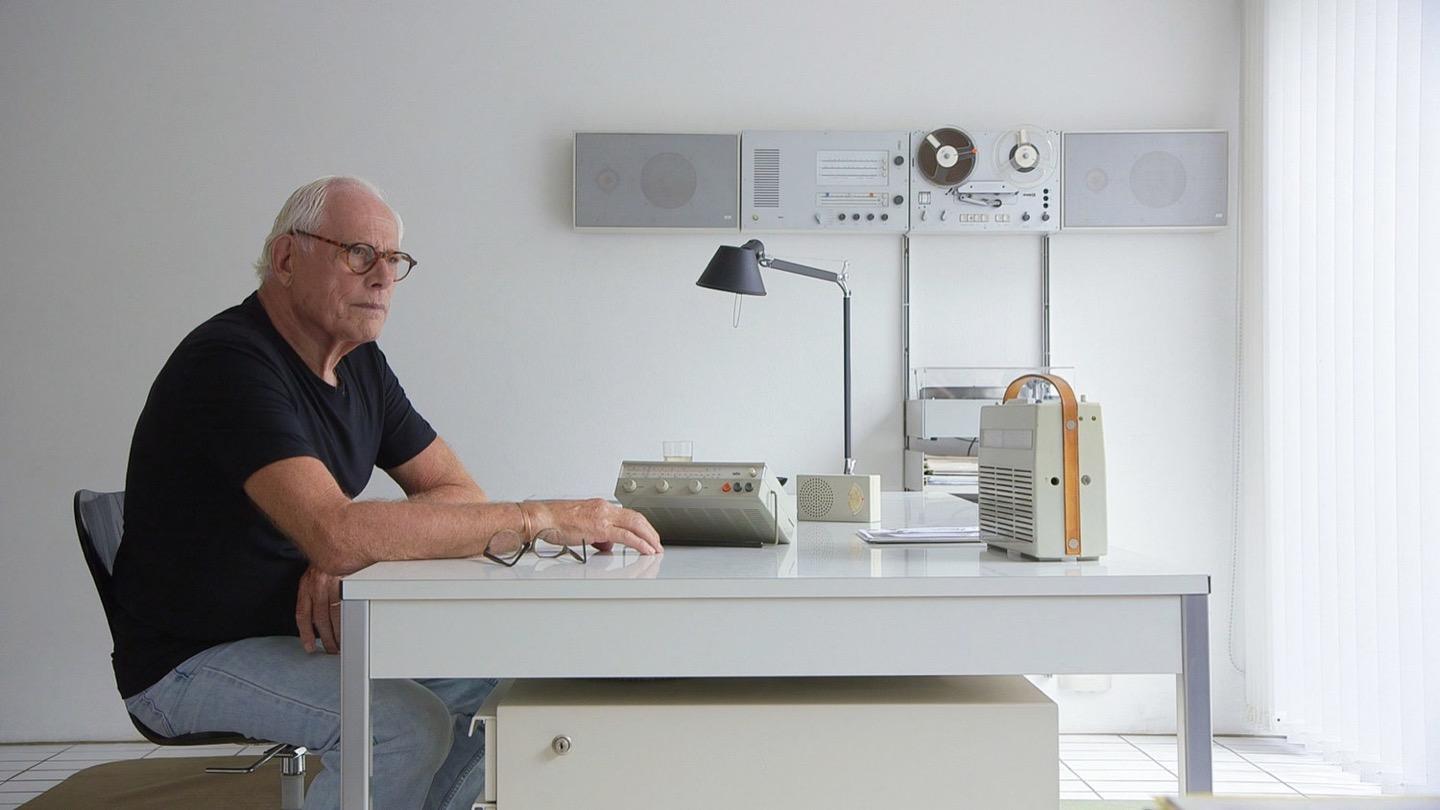
In Rams I got the chance to see his day-to-day life and hear his life story. I saw how there is no real delineation between his work and his life.
When you walk into Dieter’s home it’s like walking into his mind. Everything there he designed, or was by somebody whom he knew or respected. You can see it from the coffee maker to the doorknobs to the closets to the desks – everything is something which he had a hand in.
[5]
It’s easy to put forth a set of principles. It is excruciatingly difficult to consistently live by those principles for half a century as Dieter has.
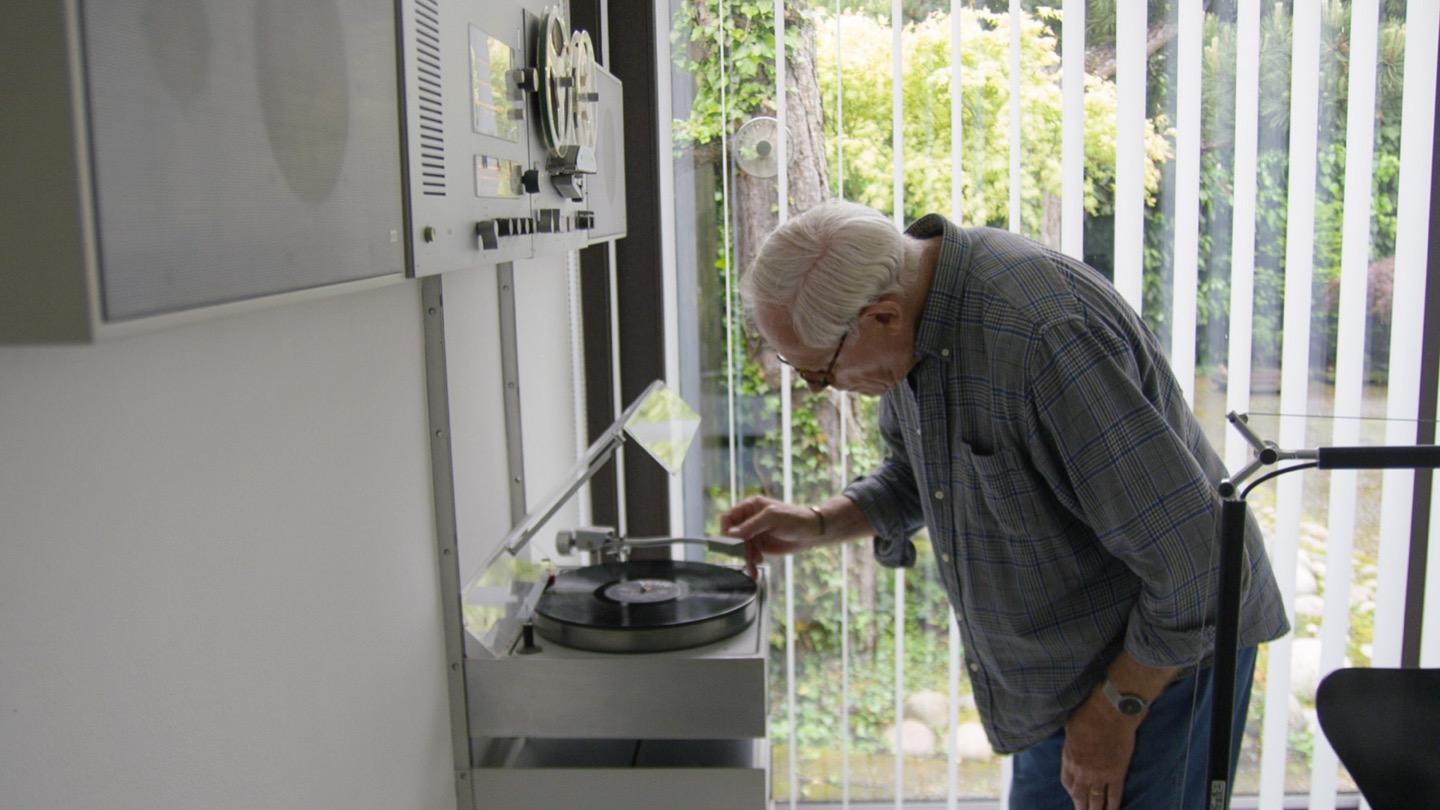
It’s obvious from the film that Dieter is aware of the world he and other industrial designers have created. The film delves into how his thinking has shifted towards the environment and the way we live with the things we create and buy. He actually believes that if he were to start again today, he wouldn’t pursue design at all.
If I had something to do in this world again, I would not want to be a designer. Because I believe, in the future, it will be less important to have many things and more important to exercise care about where and how we live.
― Dieter Rams
[6]
Dieter’s shift in attitude is what makes the messages in this film so critical today. In this world where we create so much waste by constantly buying, and upgrading, and discarding, we need more people like Dieter who simply reject that way of living.
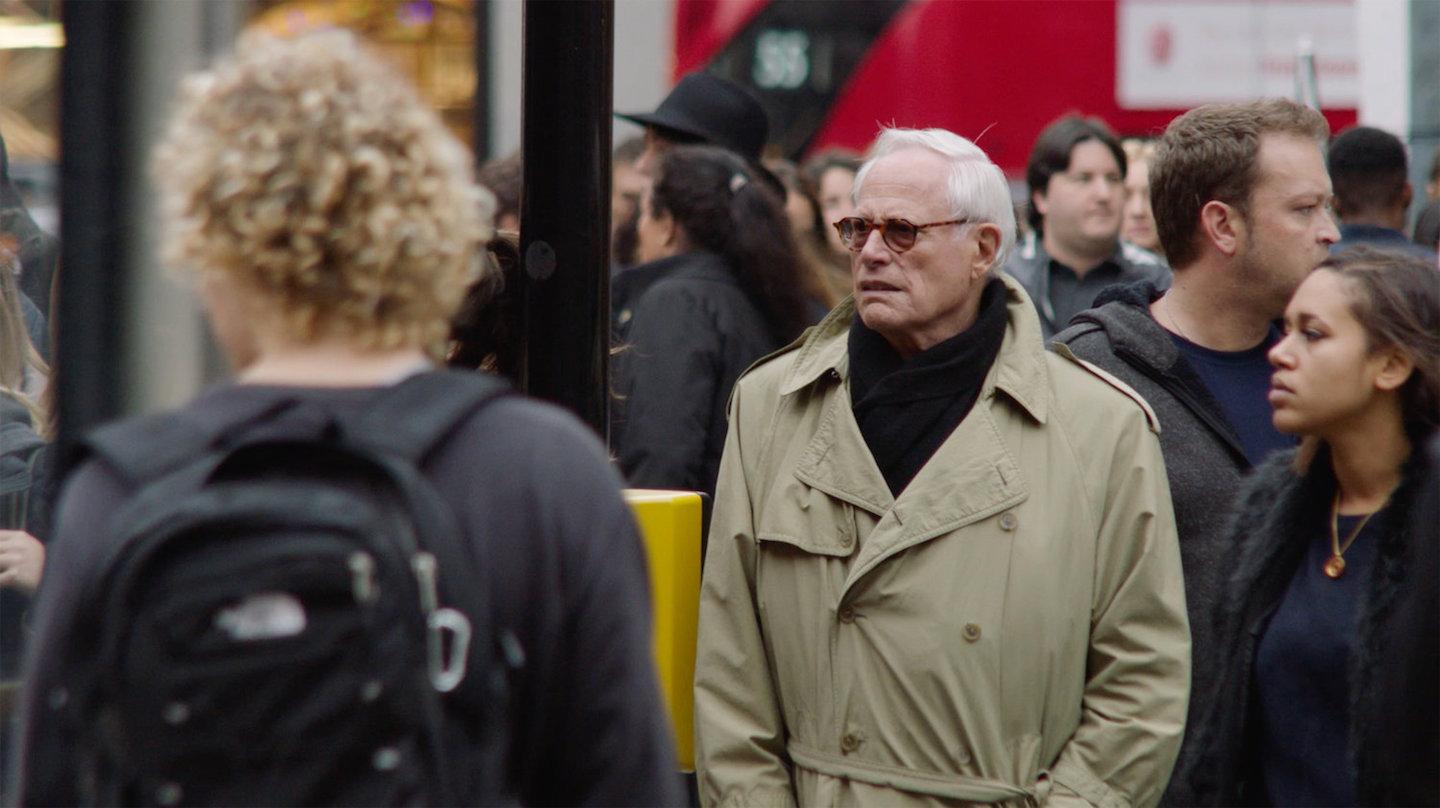
There are very few people in the design world who deserved to have their story told in film as much as Dieter and there are very few people who could tell that story as Gary has.
Rams is a must watch for creators and consumers alike. There are still screenings happening around the world until early December. Go see it if you can.
- Dieter Rams is the Godfather of Design · WSJ Magazine ↩︎
- Gary Hustwit’s Dieter Rams Documentary Is Finally Here · AIGA Eye on Design ↩︎
- Gary Hustwit discusses his Dieter Rams documentary ‘Rams’ · Wallpaper Magazine ↩︎
- Dieter Rams: If I Could Do It Again, “I Would Not Want To Be A Designer” · Fast Company ↩︎
- Gary Hustwit discusses his Dieter Rams documentary ‘Rams’ · Wallpaper Magazine ↩︎
- Dieter Rams: If I Could Do It Again, “I Would Not Want To Be A Designer” · Fast Company ↩︎
Thanks to Q for reading drafts of this.
Photo Credit: Gary Hustwit and Wallpaper Magazine